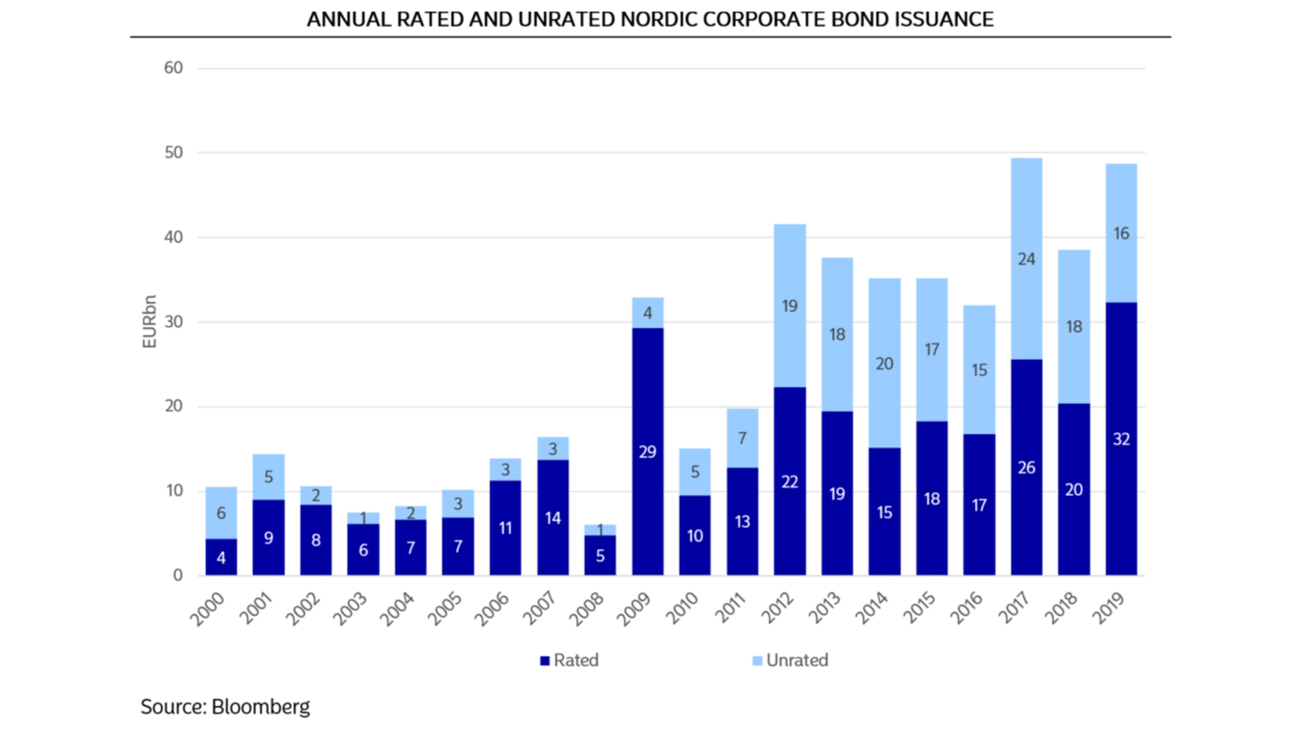JT: More specifically, how do you see Basel IV affecting bank lending to corporates, including how banks are likely to respond to the changes?
KS: For large corporates, the requirement for banks to abandon advanced IRB models and instead use the simpler foundation IRB models means all their loan maturities are going to be treated as 2.5 years. At present, under Basel III, longer-term corporate bank funding is slightly more expensive, and short-term vice versa, owing to maturity effects. This will no longer be the case under F-IRB in Basel IV, increasing the relative attraction for corporates of longer-term bank loans compared with short-term loans. This conflicts with the policymakers' aims of steering corporates towards more bond funding.
Smaller corporates with revenues below EUR 500m will not be affected at first, but all corporates should feel an effect when the raised output floor under Basel IV is implemented. Some banks will then see an increase in their risk-weighted assets and hence need to hold more capital reserves against that lending, all else being equal. The banks will want to earn a return on that additional capital, of course. And what happens next is up to the banks. They could try to charge more for their lending, exit less profitable lending, or try to work with other tools to mitigate the increase in RWA.
The largest corporates use the bonds for their core long-term funding, with a syndicated revolving credit facility (RCF) from banks to diversify funding and as a backup credit. Is this going to continue as before? With Basel IV, as long as the banks have the capital, it will be all about the price, and whether or not the corporates find it attractive. Short-term bank loans will likely become less attractive for corporates, as their pricing will not benefit as much from having shorter maturity as under Basel III.
The most affected category of borrowers is arguably large corporates without an external credit rating. They typically receive a favourable treatment from advanced IRB models under Basel III, but will face a 100% risk weighting for calculation of a bank's risk-weighted assets under Basel IV. This is clearly worse than both rated large corporates and non-rated SMEs in IRB models.
TF: The impact assessments show there will be an overall capital shortfall. However, I think banks have proven to be adaptable to such changes, so they will adjust to the new rules. That said, it would be naive to think that banks will simply soak up the impact especially as many are facing pressure with their profitability. I would rather predict a scenario where several changes take effect, for example, where there is a cost impact to the real economy, where some capacity could be taken out of the banking sector, where funding (and therefore risk) shifts to other parts of the financial system (possibly to less well-regulated parts), and banks will adjust as needed to soak up the impact.





